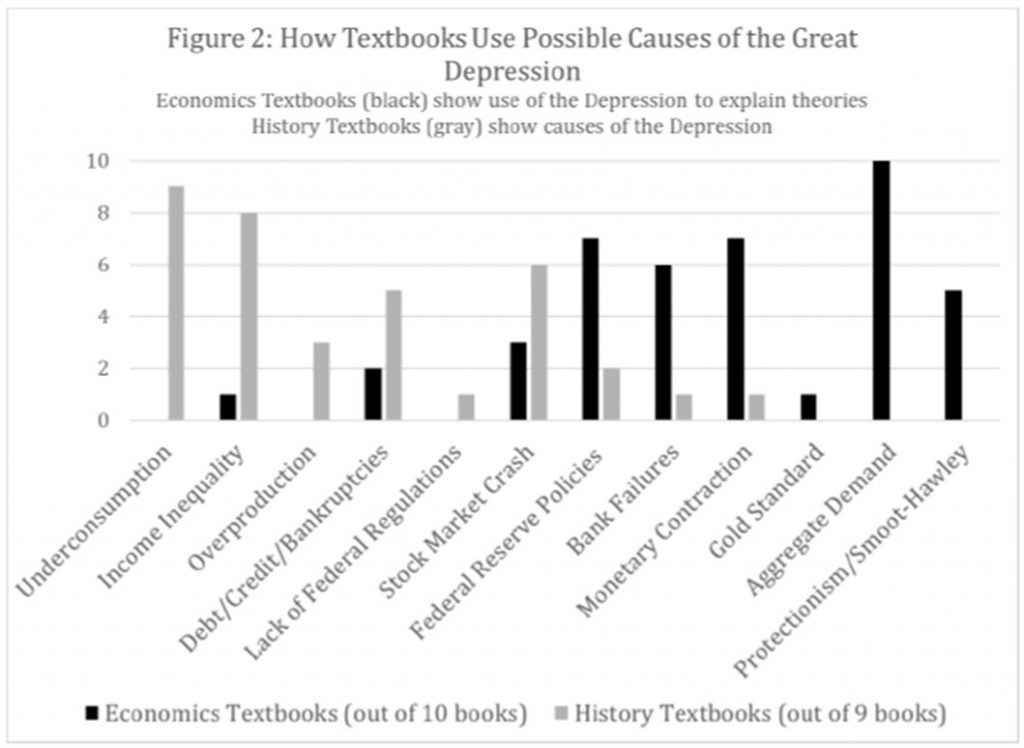Share this post
Are things really so different?
March, 2024
Every generation believes that they have it worse than their predecessors. This is a human trait which focuses on the problems with the here and now, rather than comparing today’s issues with the issues of the past for context. Crudely put, is living in a house with two plus bathrooms today really worse than having a toilet at the back of your garden?
Ultimately, issues can be looked at through an economic lens or through a social lens (or both). When economic issues exist, as now, people focus on the social problems that would make life better for them as this is something that can be fixed. Economic problems are harder to fix and ultimately take longer.
This dual lens view of society was brought sharply into focus in a recent academic paper which reviewed the history books written about the Great Depression of the 1930s, an event that has shaped how developed economies are managed today through government and central bank interventions.
The chart below struck us as it clearly illustrates the historical (social) lens alongside the economic lens and how each see the event and its causes very differently. Simply, historians believe social inequality was the catalyst, and a spread of income would have helped, whilst economists believe that monetary authorities made mistakes and missed policy levers which would have reduced the severity of the downturn.

There is some merit in both views. Had income inequality not being so wide, maybe the spending power of lower income families would have led to a less severe downturn. There is however never a single social or economic answer to problems in a country. Both are interconnected as without economic growth there is no growing tax base which can be used to redistribute wealth in society or provide for the public services required.
The key similarity between the 1930s and now is that wealth inequality in the developed countries, most prominent in the US, was and is at historically wide levels. The chart above illustrates that maybe the pendulum has swung too far in favour of capital and needs to be swung towards income for a period for future generations to feel better off. The reason we find this interesting is that although the current political landscape in the developed world seems different from how we have known it in recent decades, it may well just be a normal economic and social cycle playing out, albeit more visibly through social media.
